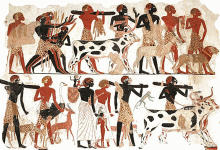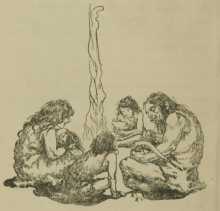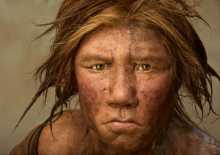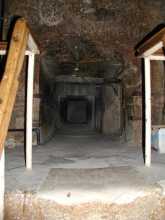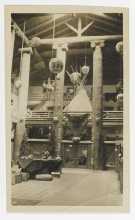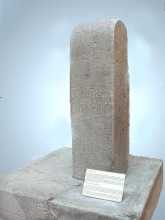The Red Army Faction
The Baader-Meinhof Gang, or Red Army Faction, was a German terrorist group active from the early 70s to the late 90s, when it finally disbanded. In its thirty years or so of sporadic activity, the RAF robbed a number of banks, set off quite a few bombs and killed 34 people.
The RAF grew out of the student protest movement of the late 60s. German students, in particular, had many reasons to rebel against the status quo, including the fact that post-War Germany was largely run by the same generation that had allowed Hitler to murder millions of people, including quite a few former Nazis in high positions. The members of the RAF, though, were not idealistic student protesters so much as murderous zealots. They seem to have been driven, at least in part, by the sense that they were obligated to wage the war of resistance their parents ought to have waged against Nazism but never did. It was like a resistance-by-proxy, with the West German government standing in for the Nazi regime since it no longer existed for them to fight.
Their inner circle, however, was made up of sociopathic hypocrites. They professed to be fighting the good fight the older generation should have fought, but they openly endorsed the massacre of the Israeli Olympic athletes by Palestinian terrorists, and one of their founding members is now a prominent Holocaust denier and far-right politician. They went to Jordan to get training from the PLO, but once there they showed zero interest in any training or discipline at all, and insisted on firing off their AK-47s for amusement and sunbathing nude as a group to offend the Palestinians.
Once they returned to Germany, they began their murderous yet completely ineffective campaign of terror, which continued for years after the original core members were captured and imprisoned. At one point the RAF enjoyed the sympathy of one quarter of all Germans below the age of forty, but this probably had more to do with a rejection of the older generation and of the legacy of Nazism than with the RAF itself. In their cartoonish fanaticism and their callous indifference to human life, in their antisemitism and in their fetishization of death and destruction, the RAF had a lot more in common with the Nazis than they would have liked to admit.


